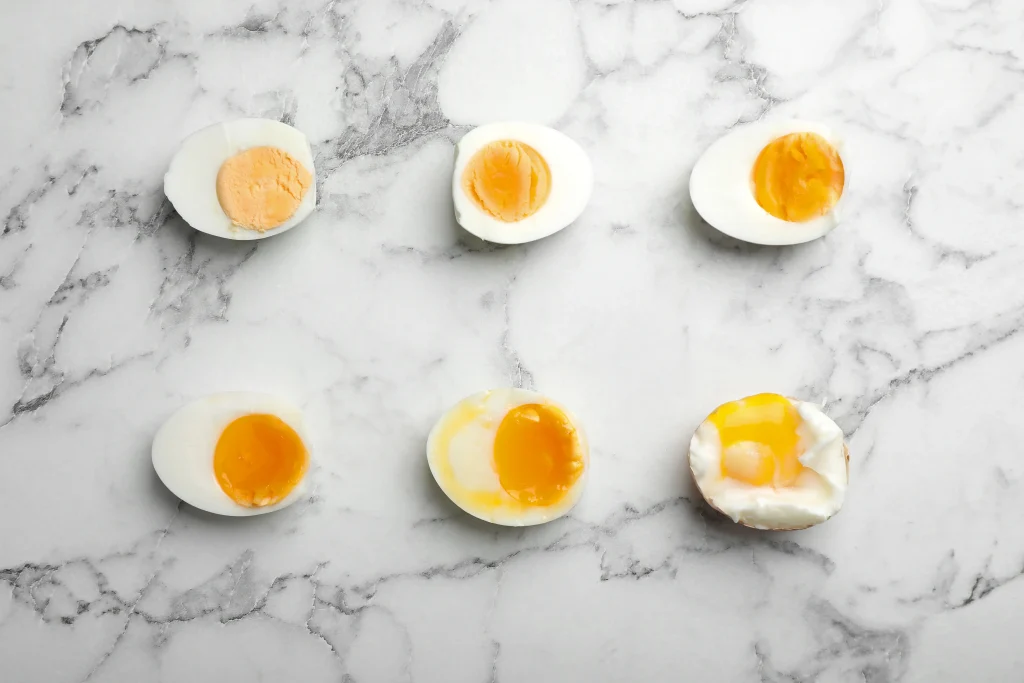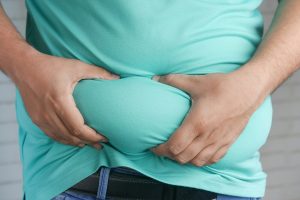Best way to boil an egg revealed by scientists — it takes 32 minutes but ‘really is exquisite’

Scientists have cracked the perfect way to boil an egg.
Boiling eggs is a common task in the kitchen — but it turns out you’ve likely been doing it wrong.
Because yolk cooks at a lower temperature than the white, it’s hard to get it just right. You often end up with either a chalky yolk or runny and undercooked whites.
The perfect boiled egg consists of a velvety and creamy yolk with a soft, solid egg white that isn’t too watery.
However, the bad news is that it takes over half an hour — 32 minutes to be exact — to get it perfect, according to science.
Material engineers in Italy cooked 300 eggs to find the perfect way to boil an egg, looking at texture, taste and nutrition.
“I thought the techniques we use in materials science could produce the perfect egg, and the result really is exquisite,” Professor Ernesto Di Maio, senior author of the study from the University of Naples Federico II, said, per the Daily Mail.
The research — published Thursday in the journal Communications Engineering — compared a hard-boiled egg, a soft-boiled egg, the sous vide version that fancy restaurants use, as well as a completely new technique dubbed “periodic cooking.”
Eight expert tasters were asked to rate the different results based on qualities such as color, meltability and softness.
The results found that the egg cooked using the periodic technique had a sweeter and saltier yolk than a soft-boiled egg, and the yolk was about the same as a sous vide egg but with less soft and wet whites. The consistency fell somewhere between the two.
“This egg is easier to spread on toast, unlike a sous vide egg which would soak into the bread,” Di Maio explained. “But it is still not suitable to be put in an egg cup and eaten with soldiers, which would require a soft-boiled egg.”
Periodic cooking switches an egg eight times each between a pan of boiling water and a bowl of cold water — and the experts say this is the golden ticket.
For a total of 32 minutes, they transferred the eggs in a steamer basket between the two bowls before cooling under running water and peeling them.
This solved the problem of having a perfectly good yolk with an undercooked shell — the egg whites heated and cooled until fully set while the yolk stayed at a constant temperature and cooked until it was creamy.
The egg white managed to heat to an optimal temperature of 85°C (185 Fahrenheit) with the yolk at an almost perfect temperature of 65°C (149 Fahrenheit).


